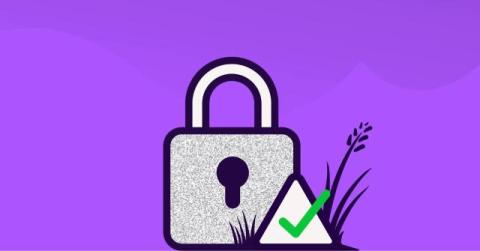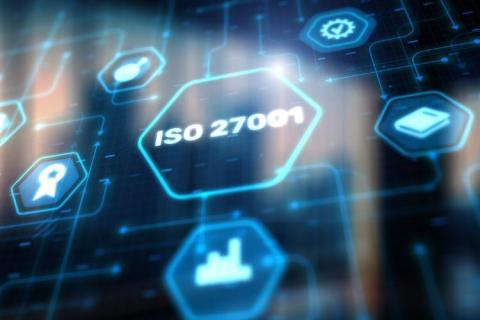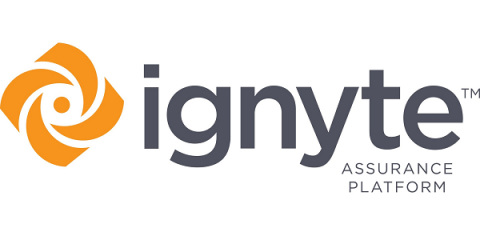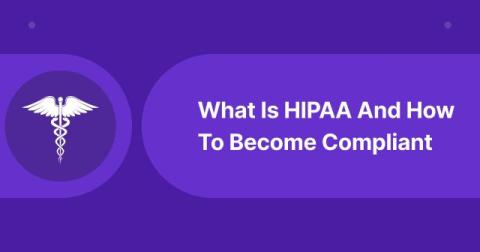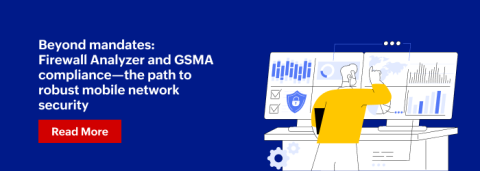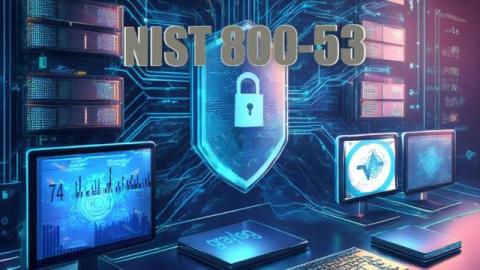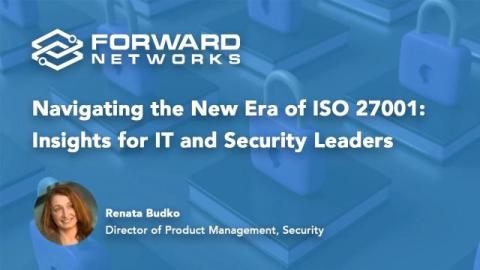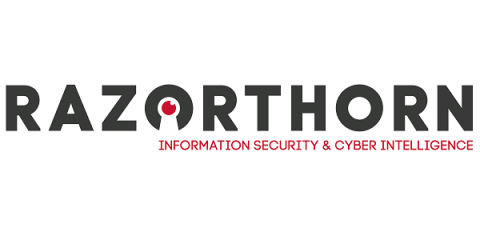How to set up your first security program
There's no one size fits all when it comes to setting up your organization’s first security program. Each organization has a unique set of business needs, guardrails to implement, and data it needs to protect, which is why it’s important to remember that every security program is going to look a bit different. If you’re in the process of setting up your first security program, here are some steps I recommend you take and apply to your organization's unique needs.


